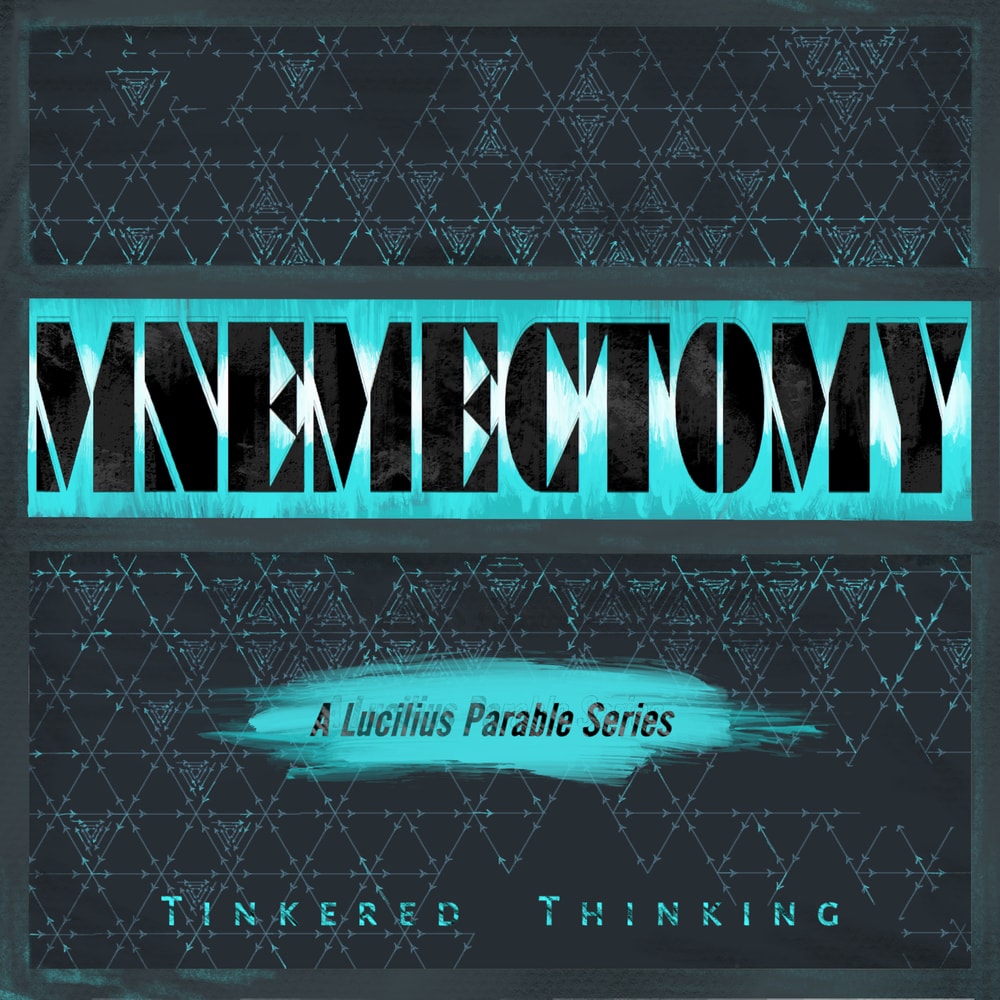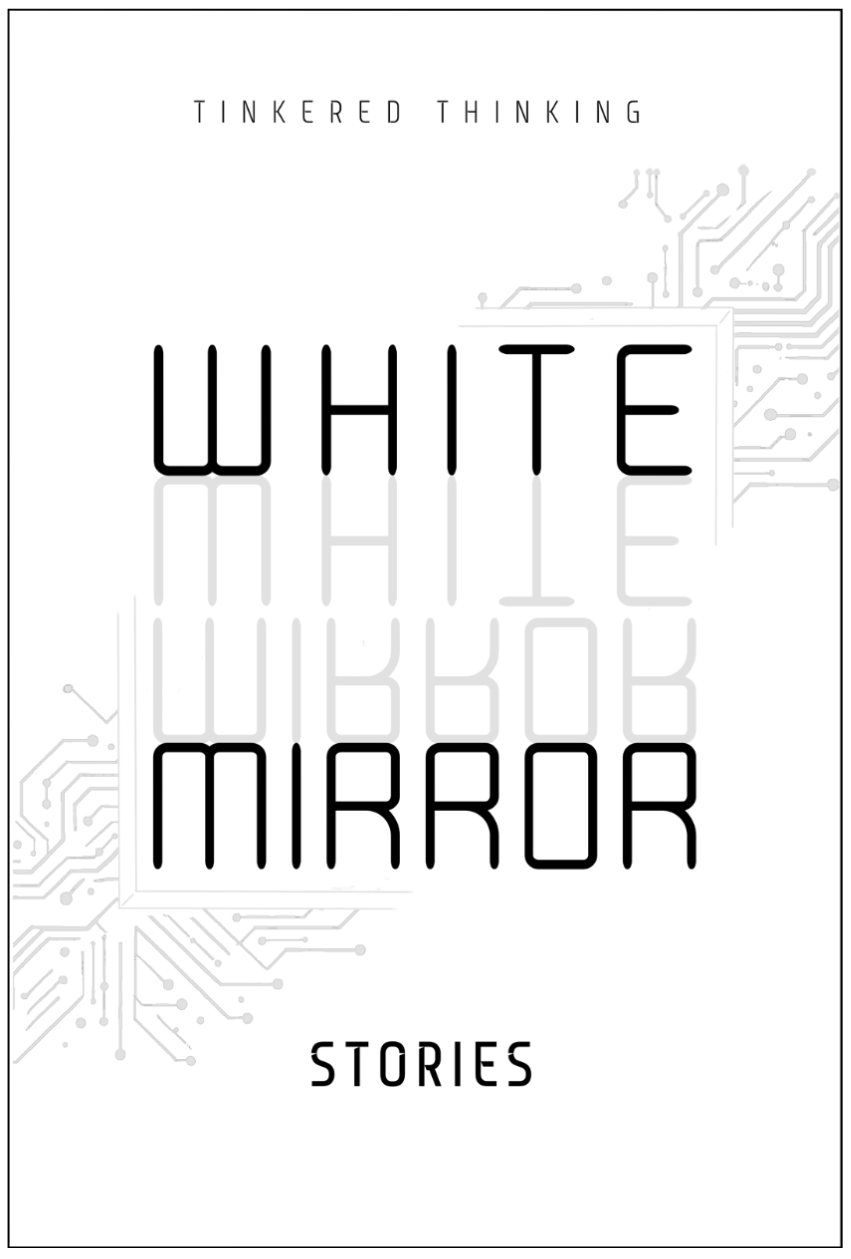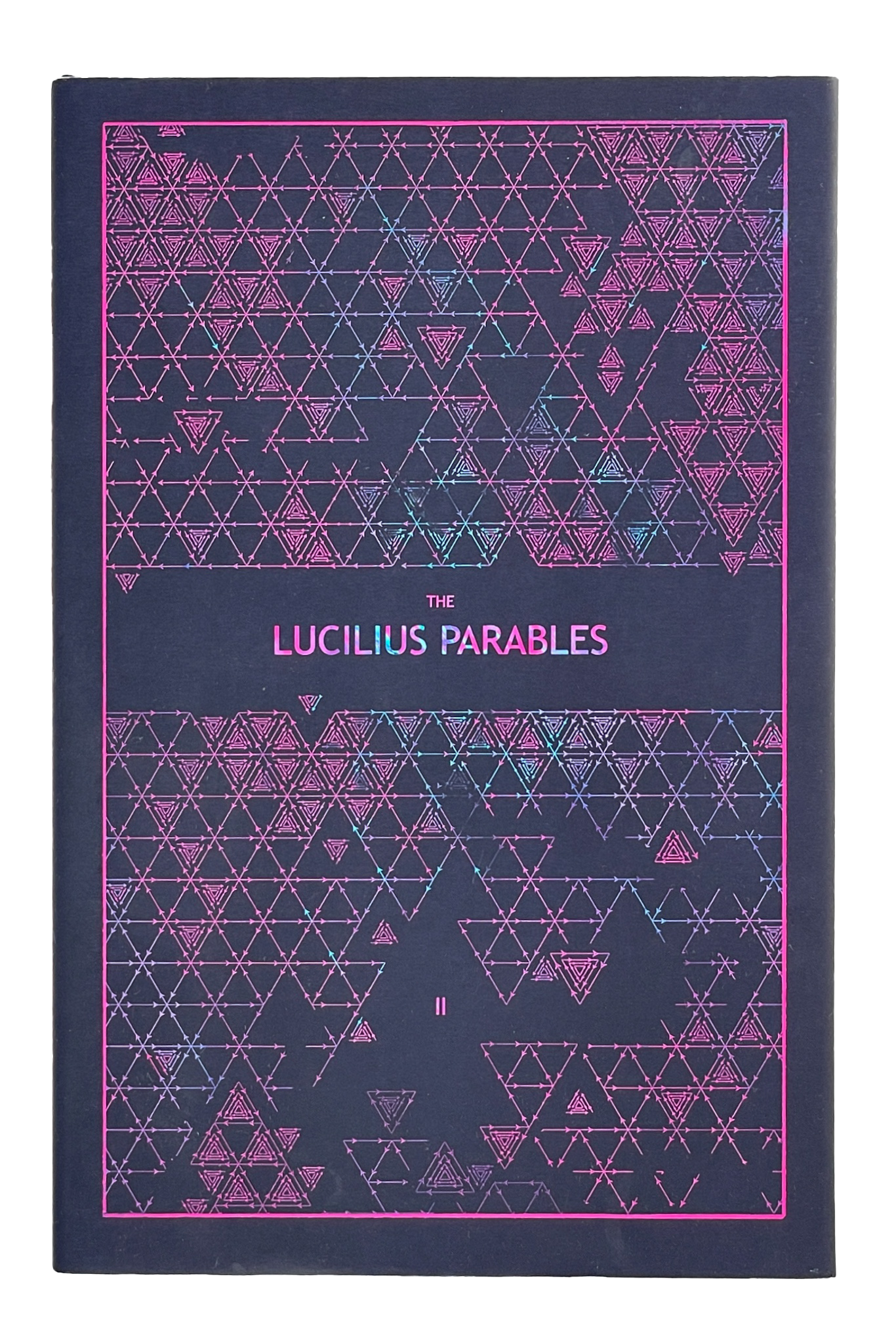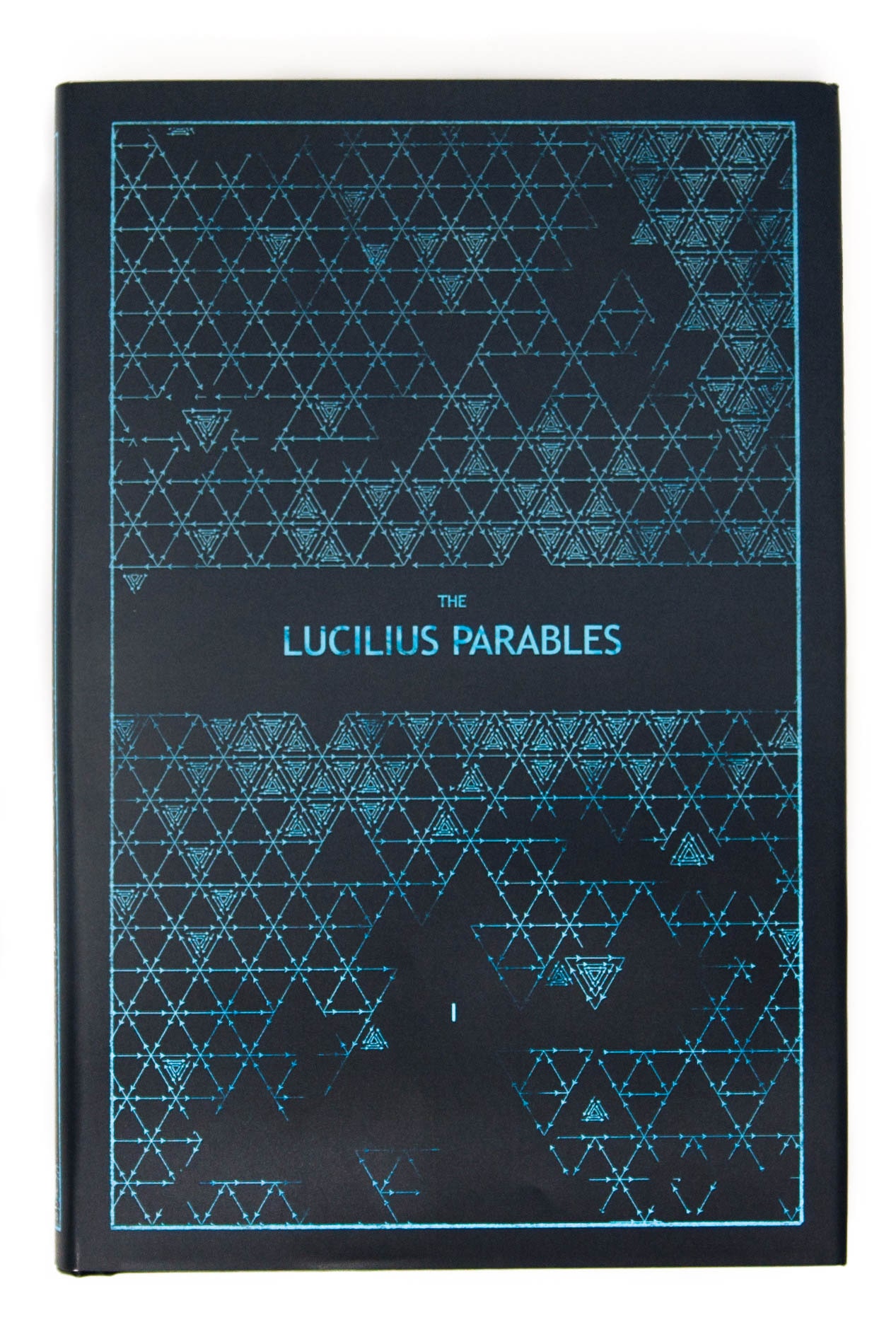Daily, snackable writings to spur changes in thinking.
Building a blueprint for a better brain by tinkering with the code.
subscribe
rss Feeds
SPIN CHESS
A Chess app from Tinkered Thinking featuring a variant of chess that bridges all skill levels!
REPAUSE
A meditation app is forthcoming. Stay Tuned.
EMBELLISHMENT
June 29th, 2020
The word embellishment has roots in the French word for ‘handsome’. We’re more familiar with translation of ‘beautiful’. That root, of course is, belle. So what does handsome or beauty have to do with embellishment? And more importantly: why do we embellish?
It’s not too much of a stretch to see how embellish relates to it’s roots. We embellish in order to make a story more attractive, more ornate, more impressive.
So why do we relay the story as fending off 5 guys behind the bar when it was only 2? Or 1?
Why do we add a few hundred feet when we describe the hike we took, the mountain we scaled?
Whenever we tell a story, there is a part of our mind that is modelling the mind of the listener. As we tell our story we try to imagine how the story is about to land in the mind of our audience. This powerful capacity is responsible for a great deal of our success as a civilization. It enables us to have empathy. It is the core of how trust functions in a world without absolute verification. It’s how we have been able to cooperate in order to build civilization.
But this capacity can also lead us astray, as with the tendency to embellish. As we hear ourselves tell the tale of our story, we listen as though from the perspective of another and we sense a disconnect: the story doesn’t match our sense of what it felt like to live the story. Our mind thinks: wait, this isn’t right, what happened was far more difficult or amazing than it sounds when we just tell it like it is, and that’s not fair – the whole point of telling the story is so that someone really understands what it was like to actually be there. And so we embellish, to make up for this disconnect.
Call it the limits of empathy, or call it a limited ability of storytelling, the disconnect between what it felt like to go through the ordeal and the raw facts of the story certainly feels like it’s remedied by a little embellishment.
At the end of the day, this is somewhat understandable, but only because it’s lazy communication. With embellishment, it’s not the disconnect between our experience of the story and the record of the raw facts that we’re attempting to fix. The disconnect is between the experience of our story and our inability to communicate effectively. We make up – not for the impact of the story on our listener – but for our inability to make an impact on the listener.
The true remedy is to pause, to gather one’s wits and reflect deeply on what it felt like to live that bit of life, and convey, not just the details of the story, but also what it felt like from a personal perspective to encounter and deal with those details.
Otherwise, to make up for that inability with a little embellishment, and then a little more, just means that you’re lying.
-compressed.jpg)





